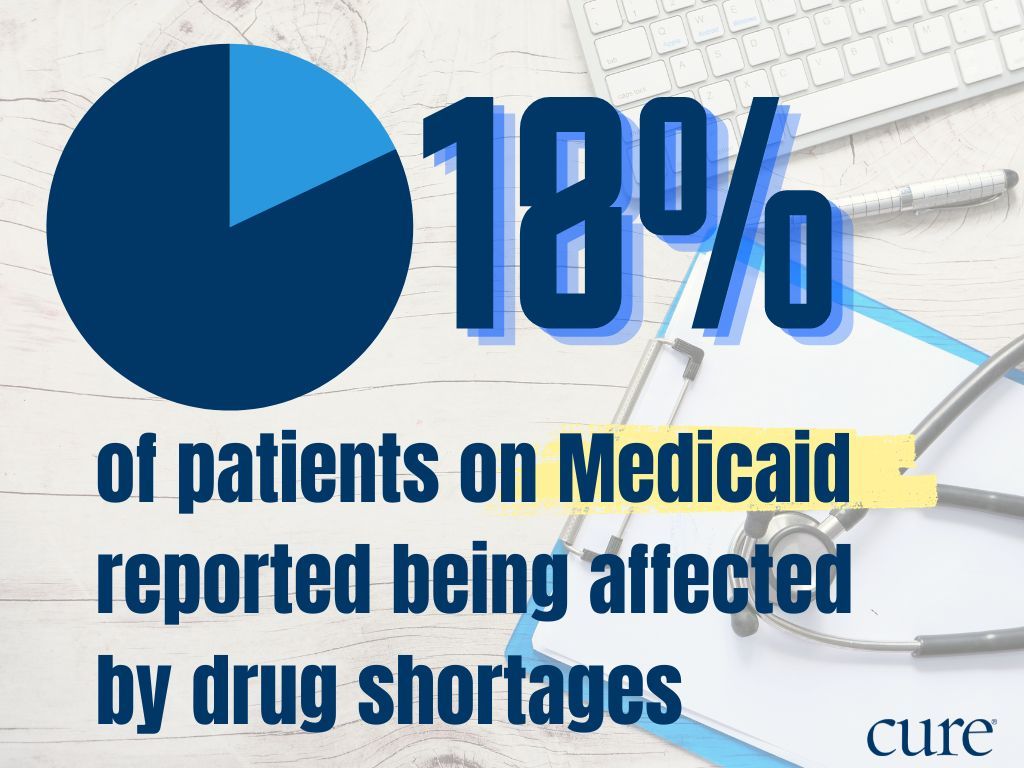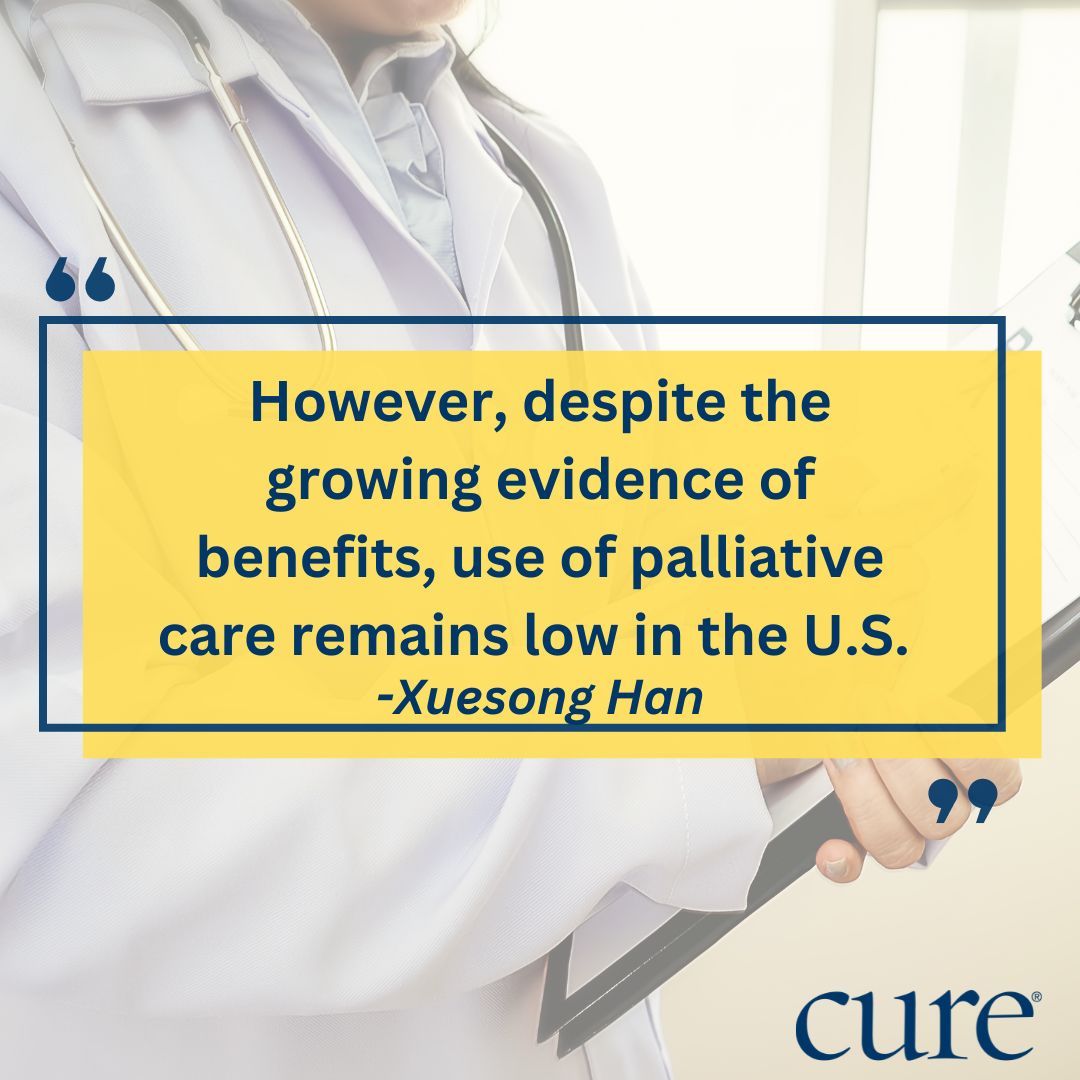Article
New Study Shows Segregation in U.S. Counties Influence Cancer Risk and Mortality
Researchers at the American Cancer Society stress improving access to cancer care to reduce disparities in cancer outcomes
A new study led by researchers at the American Cancer Society (ACS) and Clemson University shows residential racial and economic segregation was associated with cancer mortality at the county level in the United States. The most segregated communities had a 20% higher mortality rate for all cancer types combined. The association was strongest for lung cancer with a 50% higher mortality in the most segregated counties. The study was published today in the Journal of the American Medical Association (JAMA) Oncology.
“Many people living in low-income minority households have less access to employment opportunities, transportation, education, and health care and are more likely to experience worse health outcomes,” said Dr. Xuesong Han, scientific director, health services research at the American Cancer Society and senior author of the study. “These findings show it is imperative we continue to look for ways to increase access to cancer prevention and early detection wherever possible to reduce disparities in cancer outcomes.”
For the study, researchers examined county-level sociodemographic data linked with mortality data from the U.S. Census Bureau and the National Center for Health Statistics from 2015-2019. The scientists found that residential racial and economic segregation, measured by the Index of Concentration at the Extremes (ICE), was associated with cancer mortality at the county level in the United States.
The results showed the age-adjusted mortality rate ratio (ARR) of all cancers combined was 179.8, 177.3, 167.6, 159.6, and 146.1 per 100,000 for the 5 ICE categories (most segregated to least segregated), respectively. Compared to the least segregated counties, ARRs for all cancers combined were 1.22 for the most segregated counties. Segregation was associated with increased mortality from 12 of 13 selected cancer sites, where ARR ranged from 1.06 for brain & other nervous system cancer to 1.49 for lung & bronchus cancer. Lung cancer mortality had the strongest association with segregation, likely due to cumulative effects of higher incidence from exposure to risk factors such as smoking and air pollution, less early detection through screening and early evaluation of signs and symptoms, and a lower survival rate due to limited access to quality cancer care associated with segregation.
“In the past decades, most of the cancer prevention and control efforts targeted individual-level risk factors,” said Dr. Lu Zhang, Department of Public Health Sciences, Clemson University, and lead author of the study. “In the future, more efforts are needed to remove structural risk factors and intervene on the intermediate factors to reduce the impact of segregation on health outcomes.”
ACS researcher Dr. Robin Yabroff was also included in this study.

